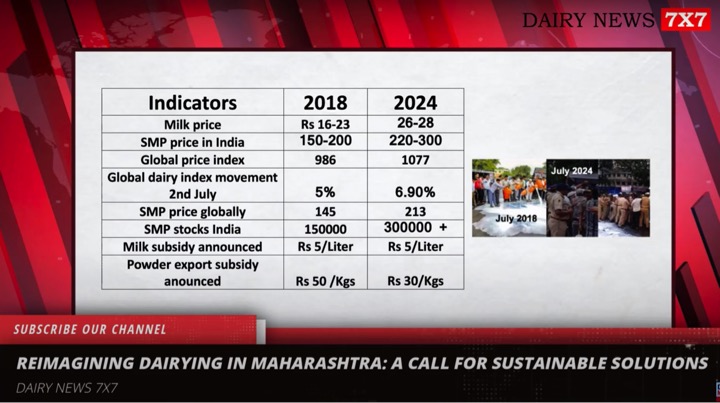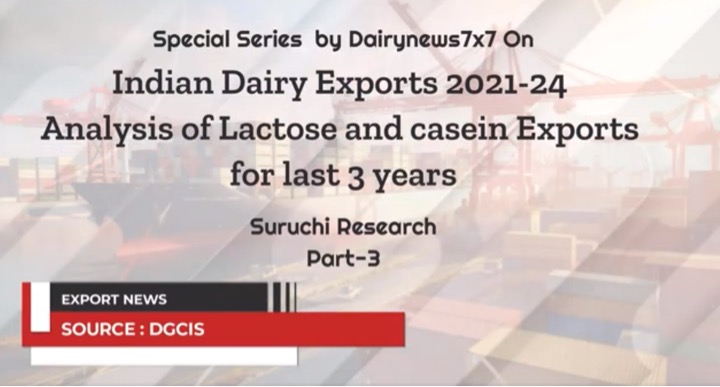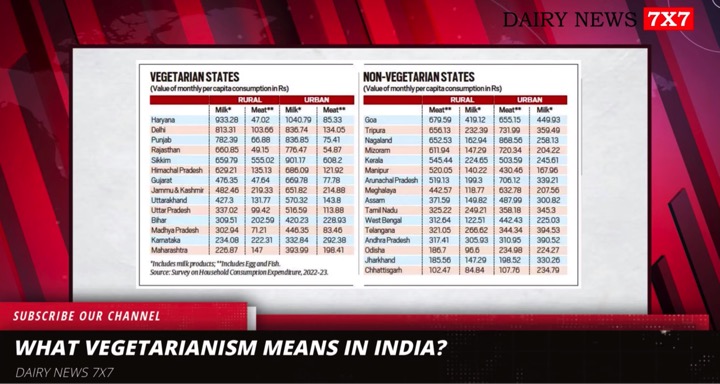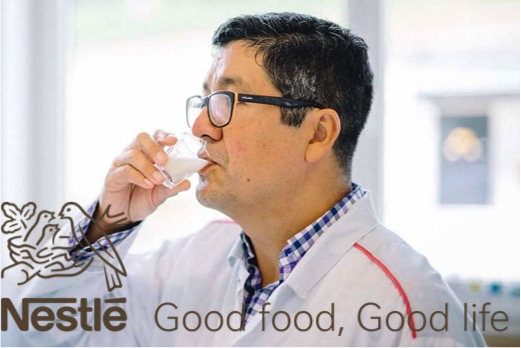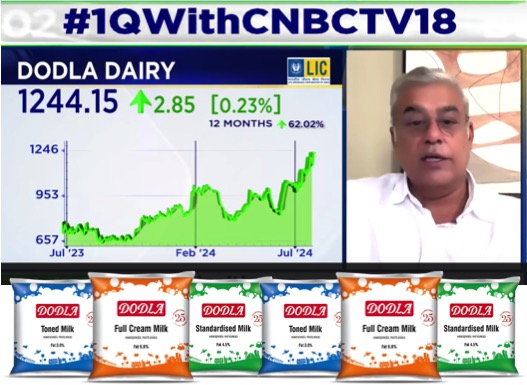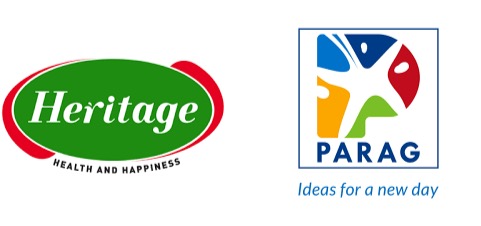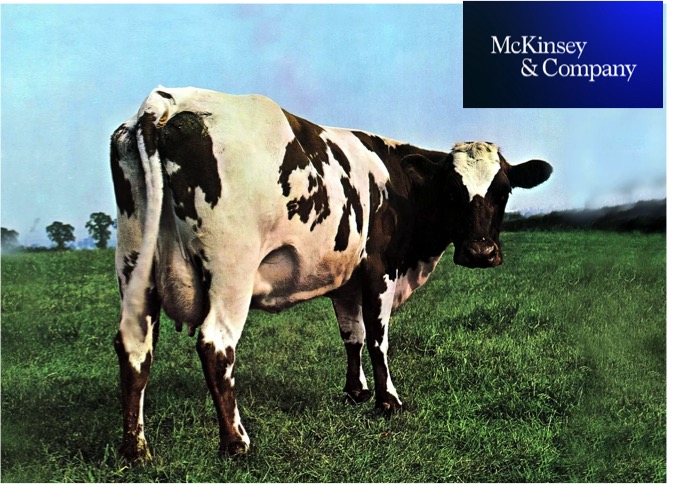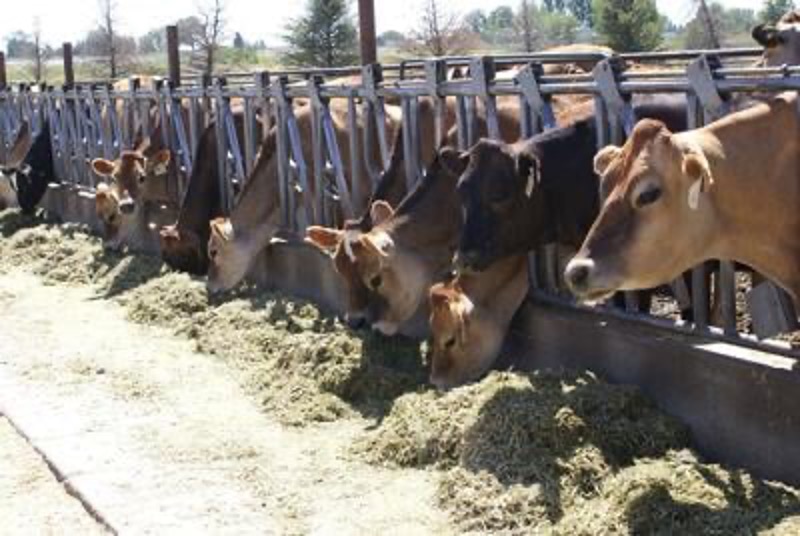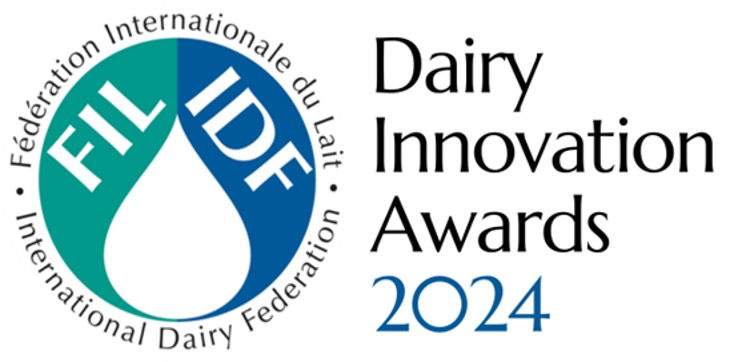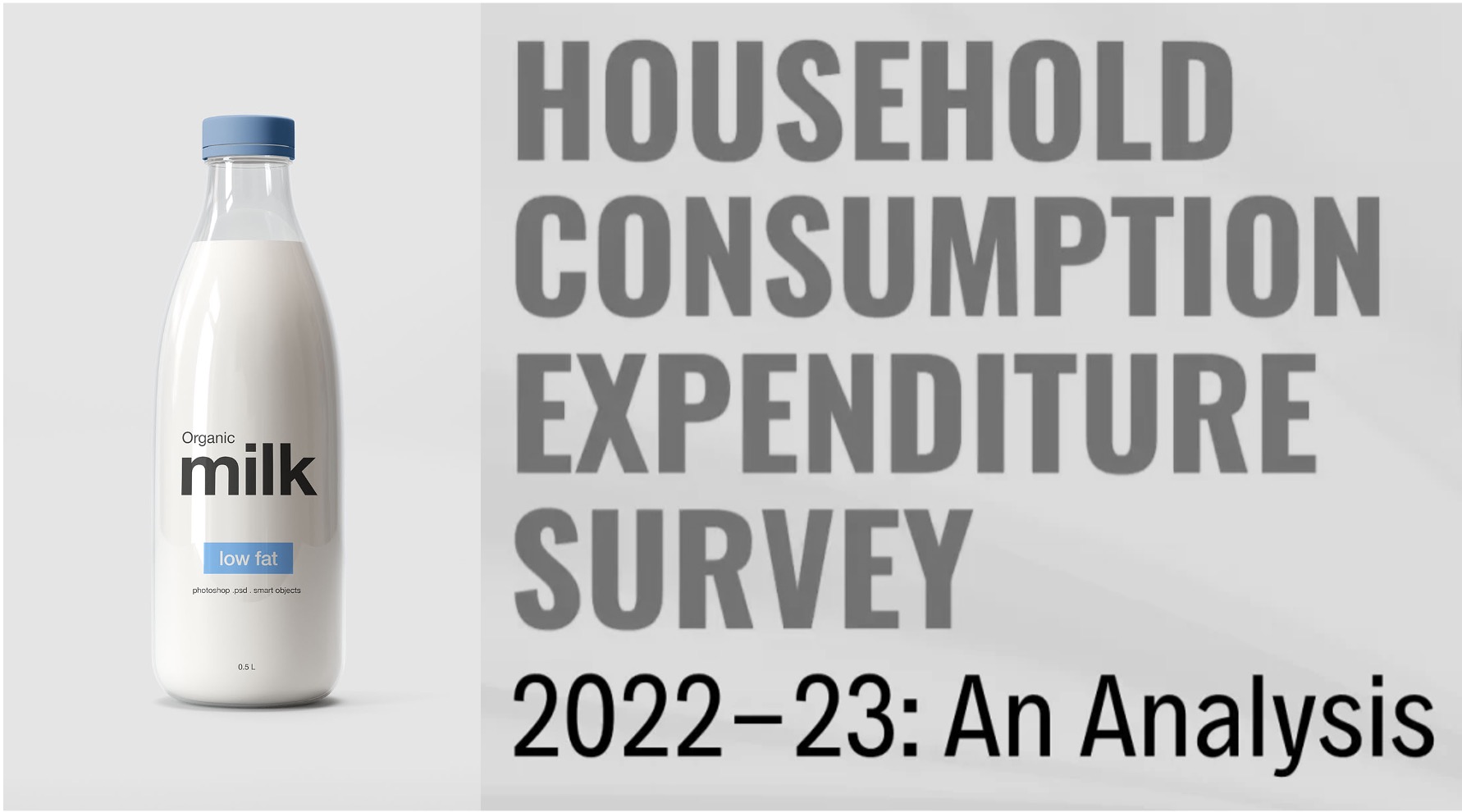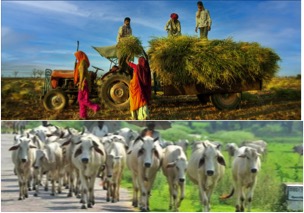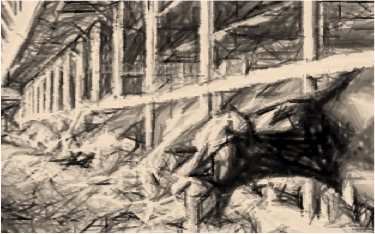Yogurt has always held a prominent place in the array of dairy products. A post-meal yogurt cup is a common habit for many consumers. Compared to the fresh milk market, where the main buyers are the elderly and children, yogurt boasts a broader consumer base.
This led to many yogurt brands enjoying premium prices in recent years. However, it seems these good days may be coming to an end.
As the consumer trend towards discounts and lower prices becomes increasingly evident, a reduction in yogurt prices appears imminent.
Looking back at the overall situation with low-temperature yogurt prices in 2023, we find that all three top SKUs among the ten largest brands have, to varying degrees, lowered their prices.
According to Maoying data, the most significant price reduction is observed in Tianyou yogurt, with a price decrease ranging from 14% to 22% off the label price.
Jane Eyre yogurt prices have also followed suit. Win Now statistics show that the most significant discount will be on the original family pack of Jane Eyre Hi yogurt, weighing 1.08 kg. Throughout 2023, its actual average retail price will remain 7-18% below the label price. Additionally, the price of the 450g original Jane Eyre Super Bucket yogurt has seen reductions ranging from 3% to 12%.
Another brand experiencing a significant price drop is Custody. Data indicates that the premium yogurt representative, Cass 3.3 Original Fresh Buttermilk Triple Cup, evidently initiated the price war in 2023. Since the beginning of the year, the average retail price of this product has decreased by 9% – and by 13% in December. Promotions for Cass Yoghurt Fresh Buttermilk Fermented Milk Original 120g increased from 8% to 11%.
Popular brands are sequentially lowering prices, reflecting shifts in the market.
Nielsen IQ data shows that from January to September 2023, year-on-year cost sales of low-temperature yogurt in offline channels nationwide dropped by 8.7%, and sales volume declined by 10.2% year-on-year.
Sales during the Spring Festival (Chinese New Year) are also not optimistic. During the 2024 Spring Festival, categories such as powdered milk, fresh milk, yogurt, nuts, etc., containing certain gift attributes, demonstrated an average sales decrease of 10%, with some categories showing a growth trend. In particular, yogurt sales dropped by 21.01%.
The main reason for the widespread reduction in low-temperature yogurt prices is the ongoing sluggish market demand.
According to a research report published by GF Securities, due to increased health awareness among residents, demand for dairy products in recent years has gradually concentrated on fresh milk, while demand for yogurts and milk drinks with weak “Demand attributes” and stronger “Drink attributes” continues to decline. According to Bloomberg data, the average annual growth rate of white milk from 2018 to 2023 was +5.30%/+7.52%, and the average annual growth rate in 2023 was +4.89%/+0.23%.
According to Nielsen data, room-temperature white milk showed the best results from March 2022 to March 2023, with a year-on-year growth of +6.10%. Various milk drinks with lactic acid bacteria, as well as room-temperature and low-temperature yogurts, decreased compared to the previous year.
Weak demand and the previous high-price strategy have made price reductions the last resort.
Since 2015, major yogurt brands embarked on extensive brand modernization. According to the yogurt industry book published by Chuoshi Consulting, retail scales of the yogurt market increased from 104.6 billion yuan to 149.18 billion yuan from 2016 to 2019 but dropped to 145.55 billion yuan in 2020. Over the past three years, the Chinese low-temperature yogurt market has been stagnant, with a decrease of 11.4%.
As reported by the media, many yogurts priced in the double digits are revealed to cost no more than five to six yuan. Despite certain premium yogurts opting for ingredients like cream and whey protein powder instead of gelatin to enhance taste, resulting in a notable price hike, the benefits accrued often surpass the associated costs. Experts have even calculated that yogurt’s gross profit margin ranges between 30% and 60%, nearly double that of regular milk.
Wang Zhezhi, the founder of Maoying, notes that despite the ongoing increase in yogurt prices, the actual quality of the products has not seen significant improvement. The cost disparity between so-called elite yogurt and regular variants is minimal, with many brands concentrating primarily on their marketing expenditures.
However, this costly and profitable model has proven short-lived. With the Chinese milk market continually expanding, major companies have initiated extensive plans to establish and tap into pasture resources and large-scale milk sources through independent construction or ownership. Despite contributing a substantial raw material supply, the construction of high-density and capital-intensive pastures inevitably leads to oversupply in the milk market, resulting in an overall decline in raw milk and milk product prices.
As the Chinese yogurt production network advances and matures, the approach of relying on sophisticated concepts and large-scale marketing strategies to captivate consumers has proven ineffective. Confronted with an increasingly pragmatic consumer base, both established and emerging brands must reassess the market landscape and consumer demands, identifying products that genuinely meet market needs.







